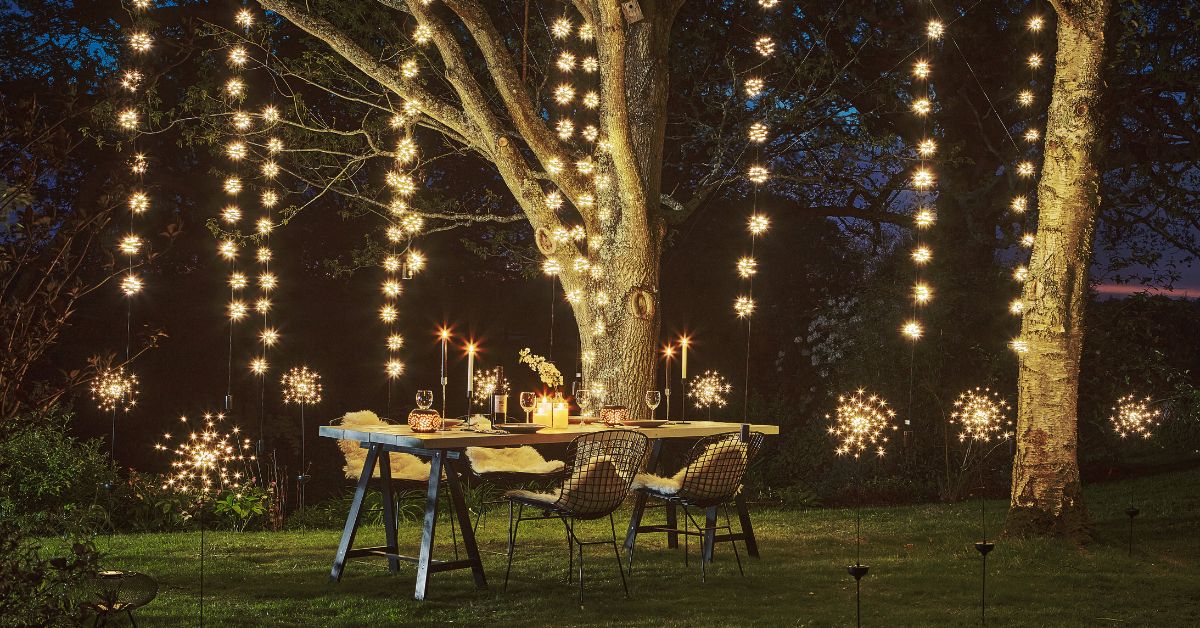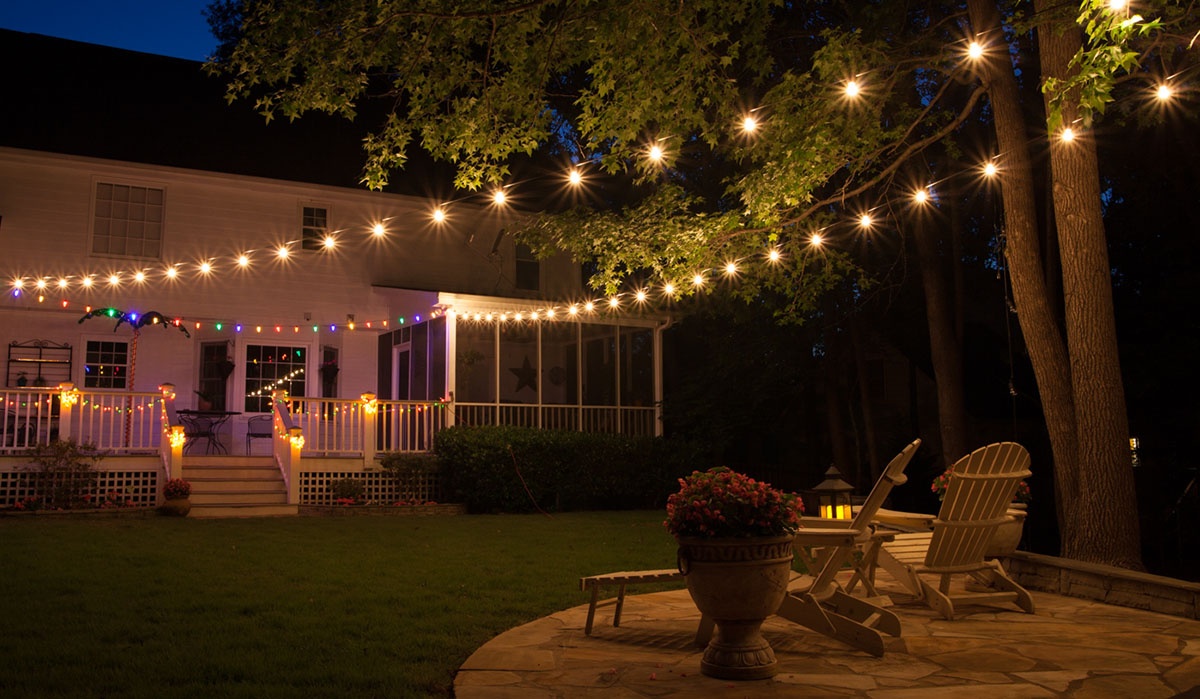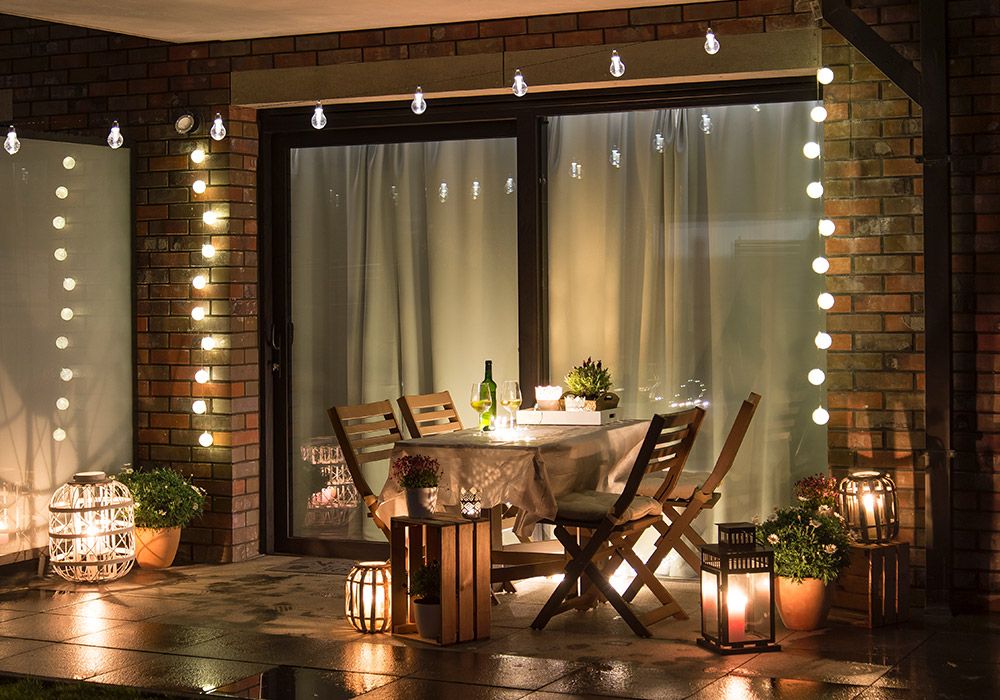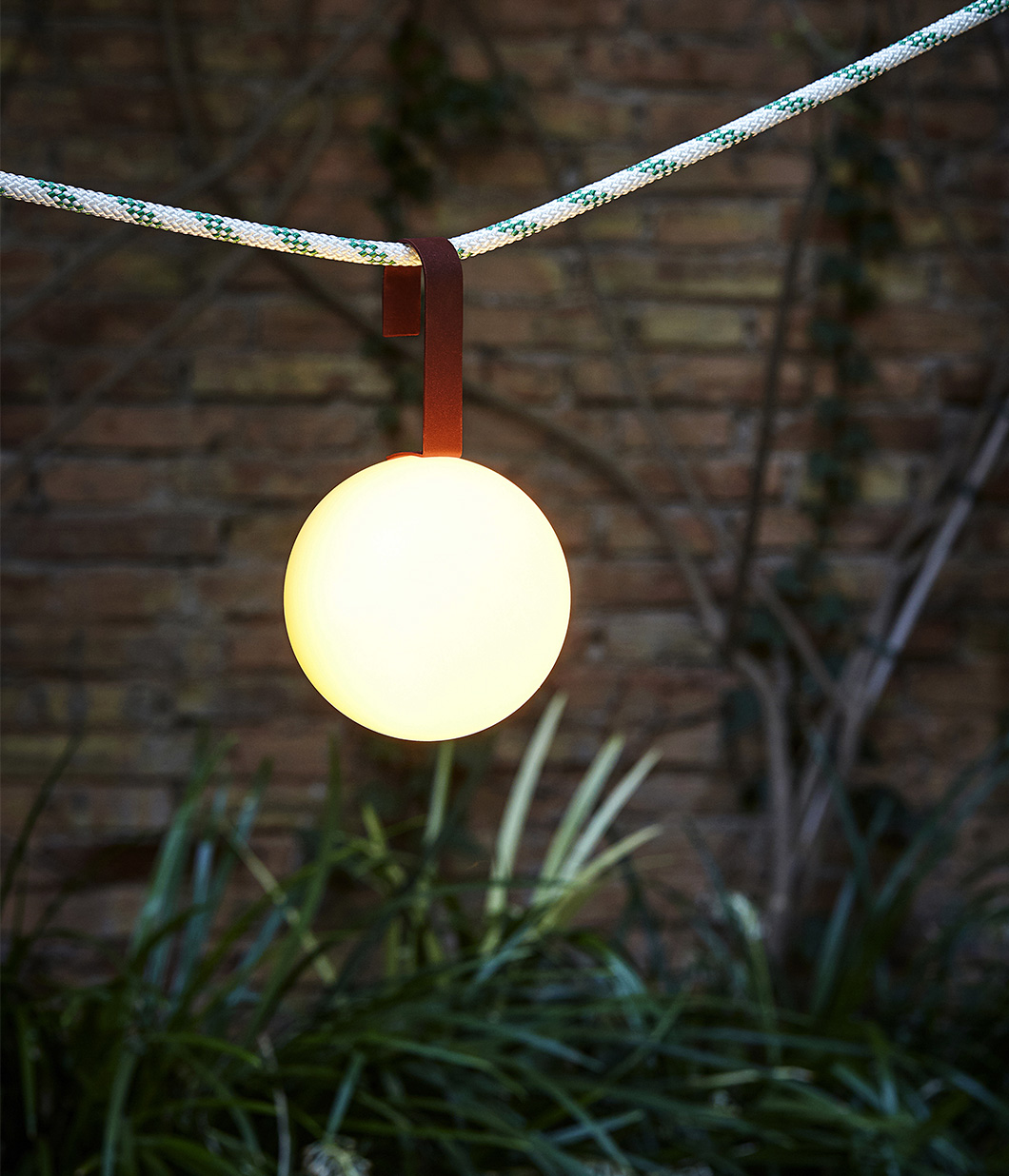When it comes to enhancing the aesthetic appeal and functionality of your outdoor spaces, exterior decorative lighting plays a crucial role. From creating a warm ambiance for evening gatherings to ensuring safety along walkways, the right lighting can transform your garden, patio, or entryway into an enchanting retreat. In this guide, we’ll explore various types of exterior decorative lighting, provide insights from personal experiences, and help you choose the best options for your home.
Understanding Exterior Decorative Lighting
Exterior decorative lighting refers to lighting fixtures that not only provide illumination but also add character and style to outdoor spaces. These fixtures can be strategically placed to highlight architectural features, illuminate pathways, or create a cozy atmosphere for outdoor events. Let’s dive into the types of decorative lighting available and their various applications.
Types of Exterior Decorative Lighting
- String Lights: Perfect for patios or backyard gatherings.
- Wall Sconces: Great for illuminating porches or entryways.
- Post Lights: Ideal for driveways or garden paths.
- Path Lights: Used to light walkways and ensure safety.
- Flood Lights: Used for security and highlighting architectural features.
- Solar Lights: Eco-friendly and energy-efficient option.

Why Choose Exterior Decorative Lighting?
Beyond mere functionality, exterior decorative lighting offers several benefits:

- Aesthetic Appeal: Enhances the beauty of your property.
- Increased Safety: Illuminates pathways and entryways.
- Extended Usability: Allows for nighttime outdoor activities.
- Increased Property Value: Well-lit homes can fetch a higher price.
Personal Experience: A Transformation Journey

When we first moved into our home, our backyard was a dark, uninviting space. After installing string lights, path lights, and a few well-placed floodlights, it became an extension of our living area. The transformation was remarkable—our outdoor space was not just functional, but it also hosted countless evening get-togethers and became a favorite spot for family gatherings.
Choosing the Right Exterior Decorative Lighting

Selecting the right type of exterior decorative lighting can be overwhelming. Here are some factors to consider:
1. Purpose and Functionality
Determine the main purpose of your lighting. Is it for safety, decoration, or both? Your choices will differ depending on your primary goals.

2. Style and Design
Your outdoor lighting should complement the architectural style of your home. Consider the materials and colors of your home when selecting fixtures.
3. Energy Efficiency
Opt for energy-efficient options like LED or solar lights to save on electricity costs and reduce your environmental impact.

4. Installation and Maintenance
Some lights may require professional installation, while others can be easily placed by homeowners. Consider how much maintenance each option will require, such as bulb replacements or cleaning.
Comparing Exterior Decorative Lighting Options

| Type of Lighting | Pros | Cons |
|---|---|---|
| String Lights | Affordable, Easy to install, Versatile | Limited brightness, Weather vulnerability |
| Wall Sconces | Stylish, Provides focused light | Requires wiring, Can be expensive |
| Post Lights | Elegant look, Good for pathways | May need professional installation |
| Path Lights | Enhances safety, Variety of styles | May require maintenance, Can be less bright |
| Flood Lights | High visibility, Great for security | Can be too harsh, Higher energy usage |
| Solar Lights | Energy-efficient, Easy installation | Dependent on sunlight, Often less bright |
Installation Tips for Exterior Decorative Lighting
The placement and installation of your exterior lighting can significantly impact both functionality and aesthetic appeal. Here are some practical tips based on my experience:
1. Plan Your Layout
Before installation, sketch a layout of where you want to place your lights. Consider areas that need illumination, such as pathways, patios, or entryways.
2. Consider Height and Placement
For wall sconces, install them at an appropriate height—typically 66 to 72 inches from the ground. Path lights should be spaced evenly for consistent illumination.
3. Use a Mix of Lighting Types
A combination of ambient, task, and accent lighting will create a well-lit and inviting outdoor space. For example, use path lights for safety, string lights for ambiance, and spotlights for highlighting features.
Maintaining Your Exterior Decorative Lighting
Like any home feature, your outdoor lighting requires maintenance to perform optimally. Consider the following tips:
Regular Cleaning
Dust and debris can dull the brightness of your lights. Regularly clean fixtures with a soft cloth and mild detergent to keep them shining brightly.
Check for Damage
Inspect your lights periodically for any signs of wear or damage, especially after extreme weather conditions. Replace bulbs or repair fixtures as necessary.
Update with Seasons
Consider changing the lighting schemes with seasons or special events. Adding seasonal decorations can keep your outdoor space feeling fresh and festive.
FAQs About Exterior Decorative Lighting
1. What are the best types of outdoor decorative lights?
The best types depend on your specific needs, but popular options include string lights for ambiance, path lights for safety, and solar lights for eco-friendliness.
2. How do I protect my outdoor lights from weather damage?
Choose fixtures rated for outdoor use and consider using waterproof covers during harsh weather conditions.
3. How can exterior decorative lighting enhance security?
By illuminating dark areas around your home, you deter potential intruders and make your property feel safer.
4. Are solar lights worth it?
Solar lights are eco-friendly and energy-efficient, but their effectiveness depends on sufficient sunlight. They are worth considering if you have good sun exposure.
5. Can I install exterior lighting myself?
Many exterior lights can be installed by homeowners, especially solar or low-voltage options. However, for complex wiring or high-voltage lights, it’s best to hire a professional.
6. How do I choose the right color temperature for outdoor lights?
Warmer temperatures (2700K-3000K) create a cozy atmosphere, while cooler temperatures (4000K-5000K) provide a clearer light that enhances visibility.
7. How often should I replace bulbs in exterior lighting?
LED bulbs can last several years, while incandescent bulbs may need replacement every few months, depending on usage. Regular checks will help determine when a replacement is necessary.
Conclusion
Investing in exterior decorative lighting can dramatically change your home’s outdoor appeal while enhancing safety and functionality. Whether you’re hosting a summer barbecue or simply enjoying a quiet evening outdoors, the right lighting can make all the difference. With thoughtful planning, the right fixtures, and regular maintenance, your outdoor spaces can shine brilliantly, welcoming family and friends for years to come. Happy lighting!